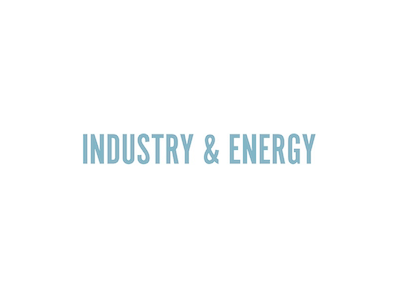United States – The U.S. Department of Energy (DOE) has allocated $13.5 million to provide important environmental and animal data to enable offshore wind development.
In support of a collaborative inter-agency goal of developing 30 gigatonnes of offshore wind by 2030, DOE is financing four initiatives that will help influence offshore wind siting and permits, as well as conserve wildlife and fisheries as offshore wind deployment grows. This recent financing commitment is consistent with President Biden’s objective of catalyzing offshore wind energy, strengthening the domestic supply chain, and creating good-paying union jobs.
Increased offshore wind deployment means more clean energy on the grid, which can help the Biden Administration meet its targets of 100 percent carbon-free electricity by 2035 and a net-zero-emission economy by 2050. While wind energy has enormous national economic and environmental benefits, its development and operation may have environmental and wildlife implications that must be assessed.
Two projects have been chosen to help wildlife and fisheries monitoring operations on the East Coast. The other two initiatives are aimed at preparing the West Coast for floating offshore wind development by gathering data on wildlife distribution and building instruments to monitor the environmental effects of floating offshore wind energy. The chosen ones are:
- Duke University and team (Durham, NC) will assess the risk that offshore wind development may pose to birds, bats, and marine mammals; prioritize wildlife monitoring needs; and collect biological and behavioral data at offshore wind farms on the East Coast. (Award amount: $7.5 million)
- Coonamessett Farm Foundation and partners (East Falmouth, MA) will survey changes in commercial fish and marine invertebrate populations and seafloor habitats at an offshore wind development site on the East Coast. (Award amount: $3.3 million)
- Oregon State University (Newport, OR) will conduct visual surveys and acoustic monitoring of marine mammals and seabirds to develop predictive density maps of species present in potential wind energy development areas on the West Coast. (Award amount: $2 million)
- Woods Hole Oceanographic Institution (Woods Hole, MA) will develop next‐generation autonomous robotic technology for environmental monitoring of marine organisms and the seafloor at potential wind energy development areas on the West Coast. (Award amount: $750,000)
This opportunity is co-funded by DOE and the Bureau of Ocean Energy Management (BOEM) of the United States Department of the Interior, and it was developed under the National Oceanographic Partnership Program in collaboration with BOEM, the United States Fish and Wildlife Service, the National Oceanic and Atmospheric Administration National Marine Fisheries Service, the California Energy Commission, and the California Ocean Protection Council.





